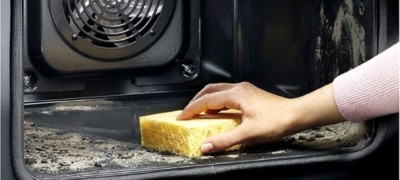How to matte glass at home
Matting in design is gaining more and more popularity. Surfaces that have undergone chemical or artistic treatment are often used in modern design. Especially when decorating doors, wardrobes, windows, partitions and much more.

Competently selected images can decorate any interior, and in a harmonious tandem with the right illumination, they will not only change it, but also visually expand the boundaries of the room.

Pros and cons of frosted glass
Glass is used in a variety of industries, from construction to jewelry. The matting technology is constantly being improved, which makes it possible to manufacture a variety of products: jewelry, souvenirs, dishes, mirrors, showcases, furniture, etc.

There are several methods for obtaining a matte effect. They allow obtaining a matte and opaque surface that resembles velvet in the process of special glass processing. This style of decoration will decorate any product.

Methods for making such glass can be either mechanical or manual. There are many different fixtures and chemical solutions on the market that will help give glass a matte finish. However, when choosing a remedy, you should always remember that they have both positive and negative qualities. It is very important to find the option that is not only the most beneficial or convenient, but also safe for health.

The positive properties of glass matting include:
- Variety of types of material.
- Versatility of use.
- Possibility of choosing the appropriate processing method.
- Diverse design, splendor and grace of matte products.
- It allows you to hide unaesthetic things and hide from prying eyes.

The negative aspects include roughness, which attracts dust, as well as fingerprints and other dirt are clearly visible on it. However, these flaws can be easily eliminated by covering the products with a special varnish.

Glass matting at home
Glass matting is best done chemically. This technology is simpler, less expensive and convenient, and the surface is less rough. It is better not to use substances containing harmful hydrofluoric acid.

Special means
Etching with matting paste is a harmless, simple and reliable method that does not require large material costs.Frosted or satin glass will help to hide from prying eyes and at the same time will not block access to light.

Pastes are quite actively used by builders, furniture manufacturers and many other industries. These formulations do not contain harmful hydrofluoric acid and other hazardous substances, and do not have an unpleasant odor. Thanks to all of these properties, the use of the paste is not only safe, but also quite simple.
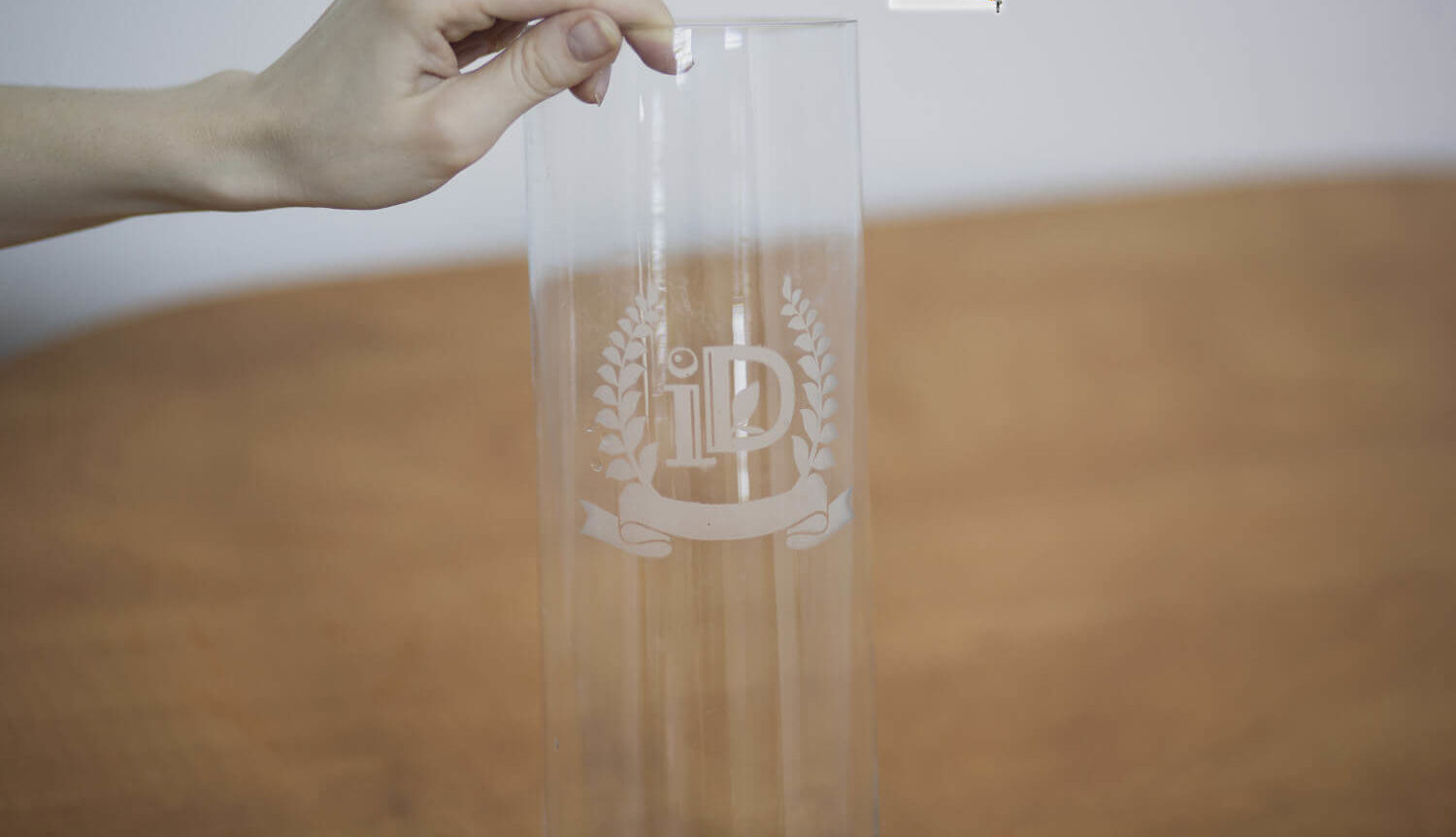
The special matting paste GlassMat will allow you to quickly and easily transform any glass objects into stylish and fashionable interior details. The sequence of the processing process:
- degrease the glass surface (it is better to use alcohol solutions);
- apply and fix the stencil (on a self-adhesive base);
- mix the composition thoroughly and apply with a rubber spatula with a layer of 2-4 mm to the surface;
- let dry for 8-10 minutes;
- collect the paste from the surface with a rubber spatula into a clean jar;
- the stencil is removed under running water, the product is thoroughly washed and dried.

The result is a very smooth, opaque, velvety surface. It does not wash off or scrape off. The paste can be used 7-10 times and one kilogram of the product is enough for 24 sq. m of glass.
With the help of a liquid composition, products of complex shapes can be easily matted. To do this, a stencil is applied and fixed on them, and then immersed in a container with a solution.
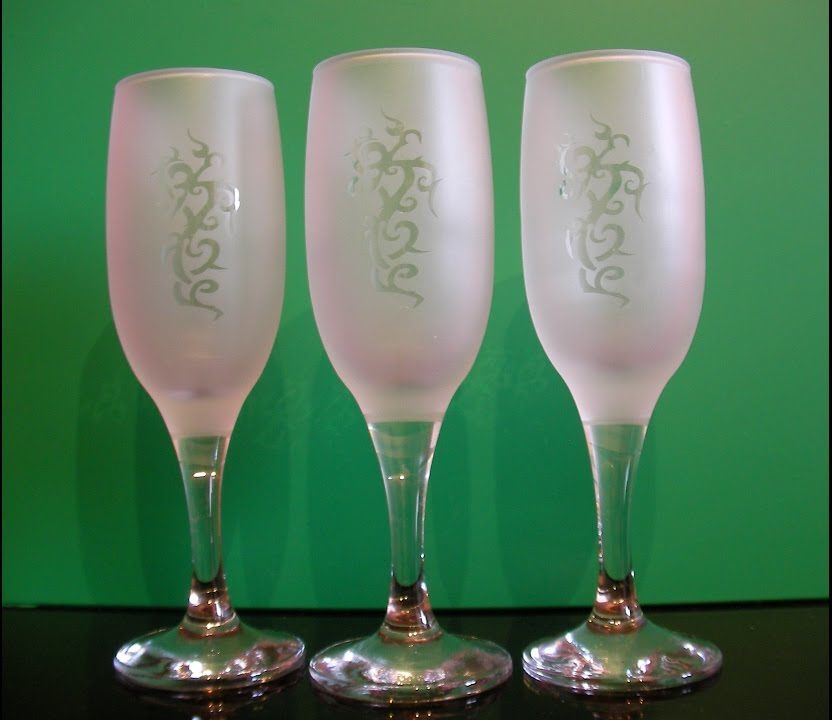
An opaque surface for a mirror or glass can be created using a spray paint or varnish spray. The process is identical to the application of the paste: fix the stencil to the surface and spray 2-3 coats of paint at intervals to dry.

A fairly common way to matte glass is finishing with a special film: colorless or colored, with shading, patterns or patterns. It is the simplest and most economical one.

Another option for creating a cloudy surface is lacomat. The glass is covered with a matting varnish - translucent or white. It is applied with a roller or a brush in a couple of layers and using different techniques to obtain striking effects.
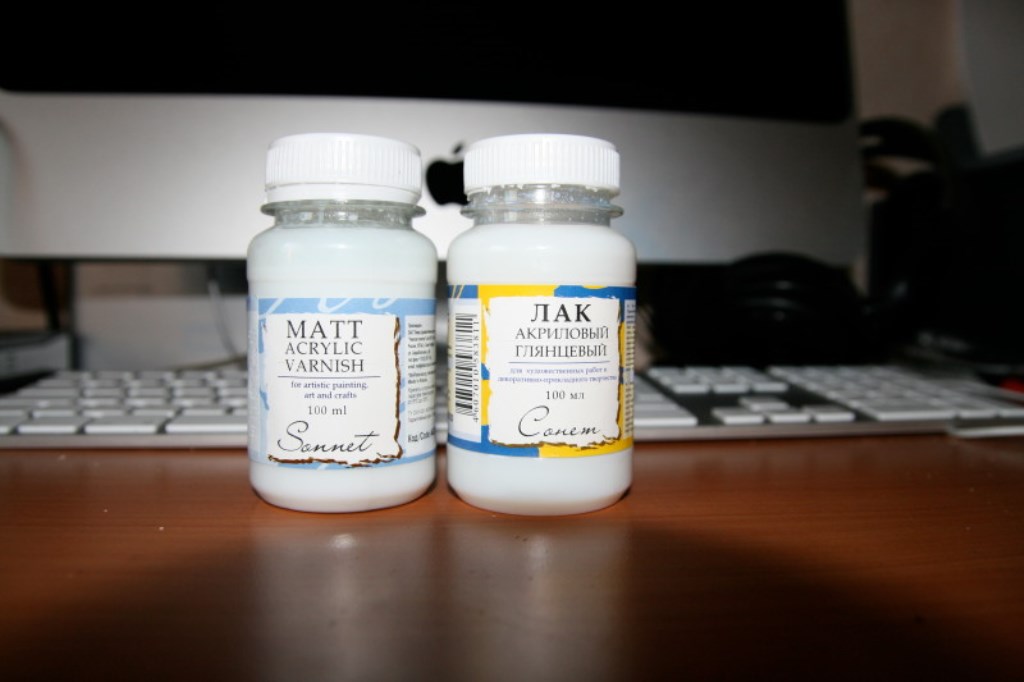
Folk remedies
There are several recipes for making matting paste at home. Since the process involves chemicals, protective gloves and a gown must be worn.

To make pasta you will need:
- gelatin;
- distilled water;
- sodium fluoride.
The components are mixed well in a ratio of 25: 1: 2 and applied with a roller onto the glass surface. Leave for a while and then wash off with water. After the glass is dried and incubated for 1 minute in a solution of 6% hydrochloric acid.

This method cannot be used to create a pattern, as the mixture will penetrate under the stencil. But it perfectly contributes to the creation of a cloudy and matte surface.
Stencils are best done using a self-adhesive film - it will allow you to stick the pattern without displacement and distortion.

The following composition includes liquid glass, distilled water and tooth powder in a ratio of 25: 1: 2. Liquid glass is mixed with distilled water, then a little tooth powder is added, and everything is mixed again. Pigments can be added to the paste: ultramarine or red lead.

Another recipe for how to easily make transparent glass frosted at home consists of the following elements: distilled water, sodium chloride (table salt) and potassium sulfate. Everything is mixed in a ratio of 35: 8: 1, applied and cured for 30 minutes, and then washed off.

This composition is used as an addition to the previous one: distilled water, zinc chloride and hydrochloric acid in a ratio of 50: 1.5: 6.5. Both solutions are mixed and applied to glass, and after 30 minutes they are washed off.
Is it possible to make glossy glass from matte glass
To make matte glass glossy, polishing is used. Polishing compounds can be industrial and homemade.
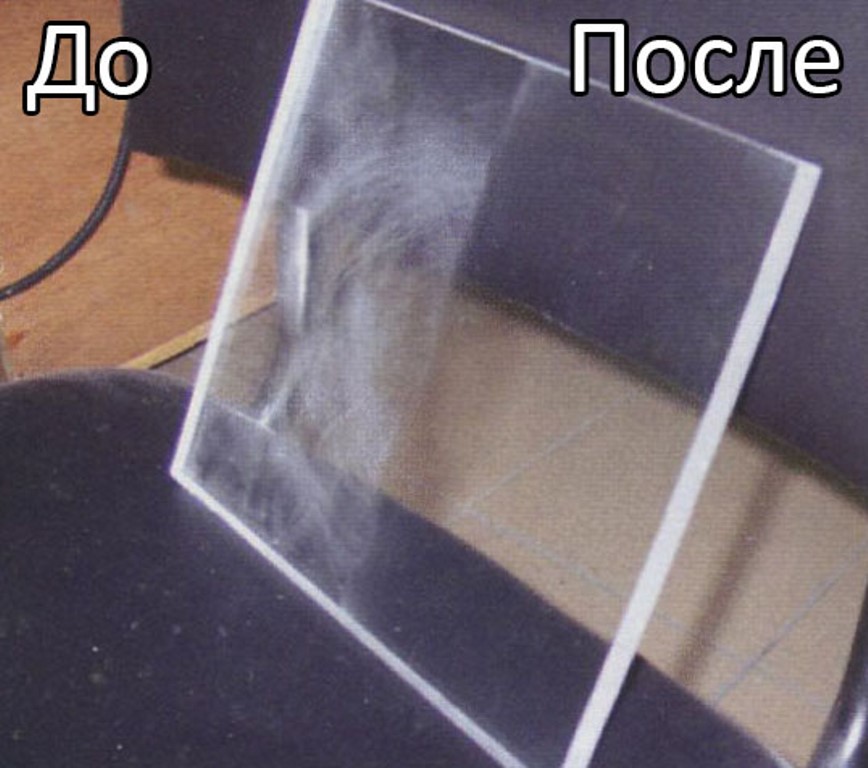
GOI paste is a mixture of finely dispersed chromium oxide, active ingredients and a fatty binder. It allows you to polish any glass, even optical. Flannel or felt is moistened with gasoline or kerosene, then the paste is applied to the fabric.

Cerium oxide perfectly polishes and removes defects and abrasions in window glass, watches and even lenses. It is included in the paste formulations: "Cetrit", "Politrit", "Ftoropol". In order to remove scratches, first use pastes with coarse "grain", and then soft.

Diamond pastes and powders that are diluted with petroleum jelly or silicone are considered the best. They are able to polish even sapphire crystals.

Any old or boring glass item should not be thrown away. It can be given a second life, while making the surface more interesting and attractive, using the usual matting or polishing. If you wish, you can combine them and get exclusive, very beautiful products.

VIDEO: Glass matting at home.


